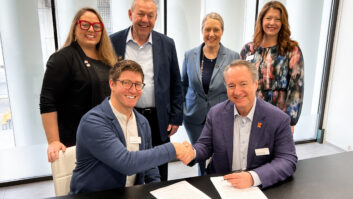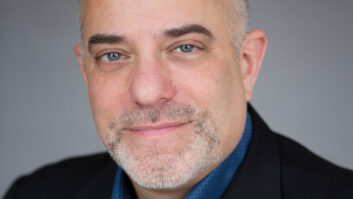I’m always amazed at highly profitable business models. Dental care ranks right up there. Walk into any dental practice and you see the proof in the pudding. Your company probably generates a lot more revenue than your dentist does. Your dentist makes more money than you do. It’s not what you make, it’s what you keep. Can we learn something from the dentist? I sure did.
Pundits are always quick to deride businesses where the owner is the center of the universe. However, there’s the dentist smiling wide, making an average 15 percent net margin and limited only by his or her own capacity to produce. Because of this, they’ve gotten really good at delegating everything not requiring professional certifications. A typical dental practice has one dentist and five to six staff scurrying around with a single purpose: keep the dentist in motion and billable. Think about the rise of physician’s assistants and paralegals in their respective verticals.
We’re trying hard to emulate the dental model at Livewire. We currently have a sales team of five people. After recently creating a system designer role, we’re now setting our sights on dedicated project managers (all without increasing headcount). By the end of 2015, we should have two to three sales people, supported by one to two system designers and one to two project managers. Our fear has always been dropping the ball or missing critical pieces of the job that can get lost in translation.

Image: ThinkStock
Our plan is to get the salespeople in the mode of filling out an online design request form with a limited project scope. From there, a system designer creates the proposal and asks the salesperson any relevant follow-up questions. The salesperson presents and ideally closes the proposal. After the job is closed, the salesperson warmly introduces the project manager to the customer and bows out of the remainder of the project (salespeople manage the relationship and project managers manage the project).
By moving toward the dental model, we want to inspire our salespeople to sell more. The only reason I know this works well is that I’ve been doing this myself for more than five years. If you think about most CEDIA companies, they’ve grown around the weaknesses of the owner. I couldn’t sell all the work coming in the door, so I hired more salespeople. After hiring and firing enough salespeople, I’ve noticed the law of diminishing returns sets in, with too many people sitting around the table.
By engaging system designers and project managers (separating the sales role into three parts), we break the jobs down into bite-sized chunks, making hiring outside the industry easier. If you think about it, the only role in our dental model that needs a ton of industry experience is the system designer. Since we’re training our salespeople to fill out web-based design requests, that system designer can sit anywhere (even a 1099 or remote worker could do the trick—now the entire United States and beyond is our talent pool for system design).
We hear a lot of excuses from salespeople about why they’re underperforming, and most of the reasons revolve around perceived overload of admin work. We’ve removed the admin work from them and it will be interesting to see the results. I’m betting the true hunter/killer salespeople will love it (like I do). They’ll make a ton more money and we can salary or pay a percentage of the job to system designers and project managers. The B and C sales players will find themselves shivering without what I call the “Snuggie Of Confusion” (think of that employee in your company who loves to talk about how confusing and complicated everything is to mask their own inadequacies).
As we continue to refine our business to grow our bottom line, steps like the dental model are becoming more and more necessary to see any marginal improvement in performance. In golf, breaking 100 is a great accomplishment and can happen quickly with the right amount of practice and focus. While the journey from 120 to 100 may be rapid, the marginal gains from 100 to 99 and below become exponentially more challenging as we realize what got us here won’t get us there.
Behold the dental model. I’d love to hear your feedback on it. Have you tried this in your own organizations in part or whole? Have you succeeded? Let’s see some comments!
Stay frosty and see you in the field.







